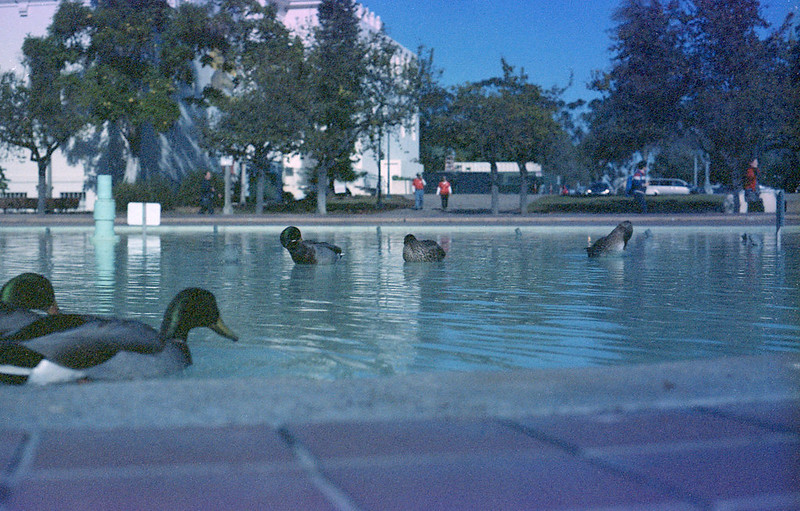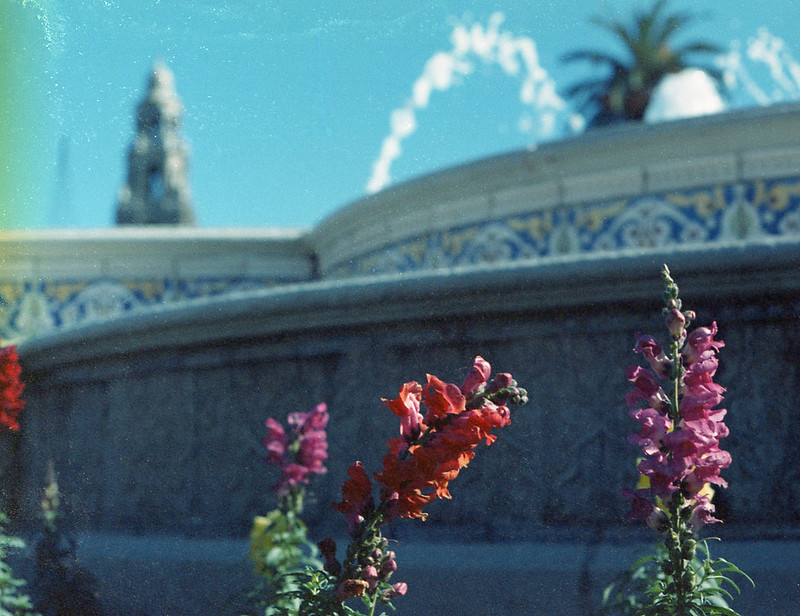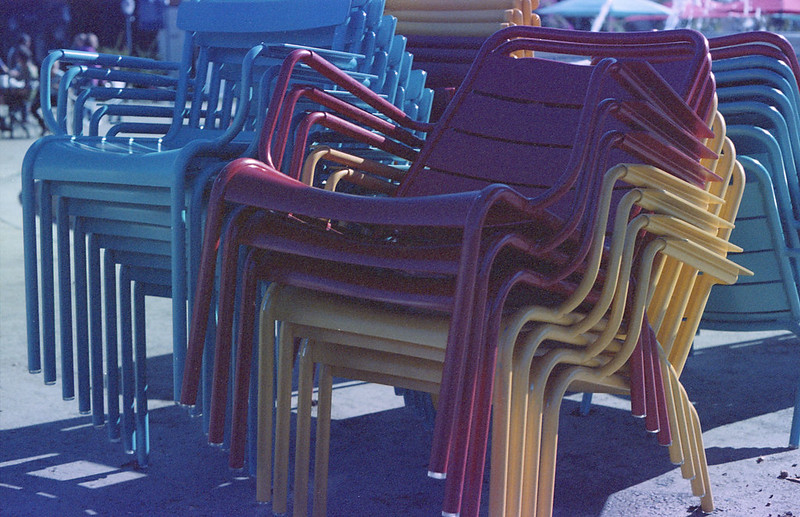What's that?? You've never heard of LC-69 film? Well apparently, not many other people have either. I certainly never had until I was given a very generous gift of a Pentax K1000 with a few lenses, filters, and not surprisingly, an old roll of film forgotten in the bottom of the bag. The canister said "Images Professional Color Print Film". Then it had three little boxes where you would put a check mark next to the speed at which you shot the film, 100, 200 or 400. then there was a mysterious marking, "Process LC-69". What sort of color print film was this? Well, straight to the Googlz I went and oddly, there was very little to be found about this beast. What I did find was not very informative as far as how to process it. So, I figured, what the heck... shoot it at iso 100 and process it in C-41 at room temp and see what you get. Worst case, I would have wasted some time on murky brown images. I did learn that this film was used by the mail order places like Seattle Film Works where you would mail them your film, pay for processing and they would send you replacement film for free. I also read somewhere that there was rem-jet on these films, but more about that later.
The Pentax had been stored for quite some time, but it was in a bag with silicone packs, so I figured it was probably servicable as far as shutter speeds go. Heck, the battery that powers the meter is still holding a charge! Anyway, I went down to the lovely Balboa park on a sunny December morning (yes, most December mornings are sunny here in San Diego) to meet some friends from work. We were going to do a photo walk for a couple of hours and I was heading the charge. Of course everyone else was shooting nice digital cameras, both SLRs and mirrorless. I shot up the LC-69 film and some Dacomatic copy film as well as a roll of Acros in my Bronica S2a. But you are here to read about the LC-69, right?
I decided that I would follow a procedure outlined by Reinhold of Caffenol.org fame whereby regular C-41 chemicals are used at room temperature instead of the usual 102F. I figured that would be more gentle on the emulsion if this happened to be a sensitive film. So the temperature in my house was about 70F and Reinhold's calculations said that I would need 17 minutes in the developer. That seemed like a long time, but I'm all about the trust. So 17 minutes with 4 inversions every 30 seconds passed. I did a strip test on the leader in the Blix and it looked like it cleared in about 3 minutes, so the usual 6.5 minutes in the Blix was going to work. It didn't look to me like there was any rem-jet on the leader after the blix test, but I did a 1 minute soak and agitate in some Borax at the end of the Blix cycle. Nothing really came off, so I think that part was erroneous.
The scans look like regular expired cross processed slide film. Nothing surprising or extra special about the LC-69 film. Sorry, that's anti-climactic, I know. But here are some nice pictures for you to look at.




No comments:
Post a Comment